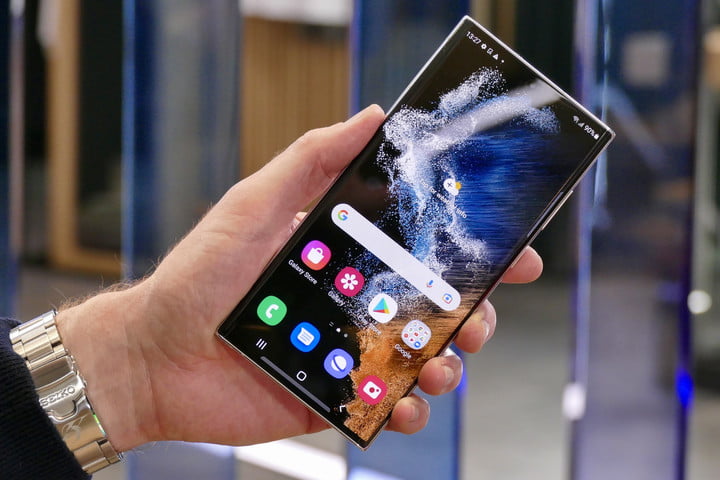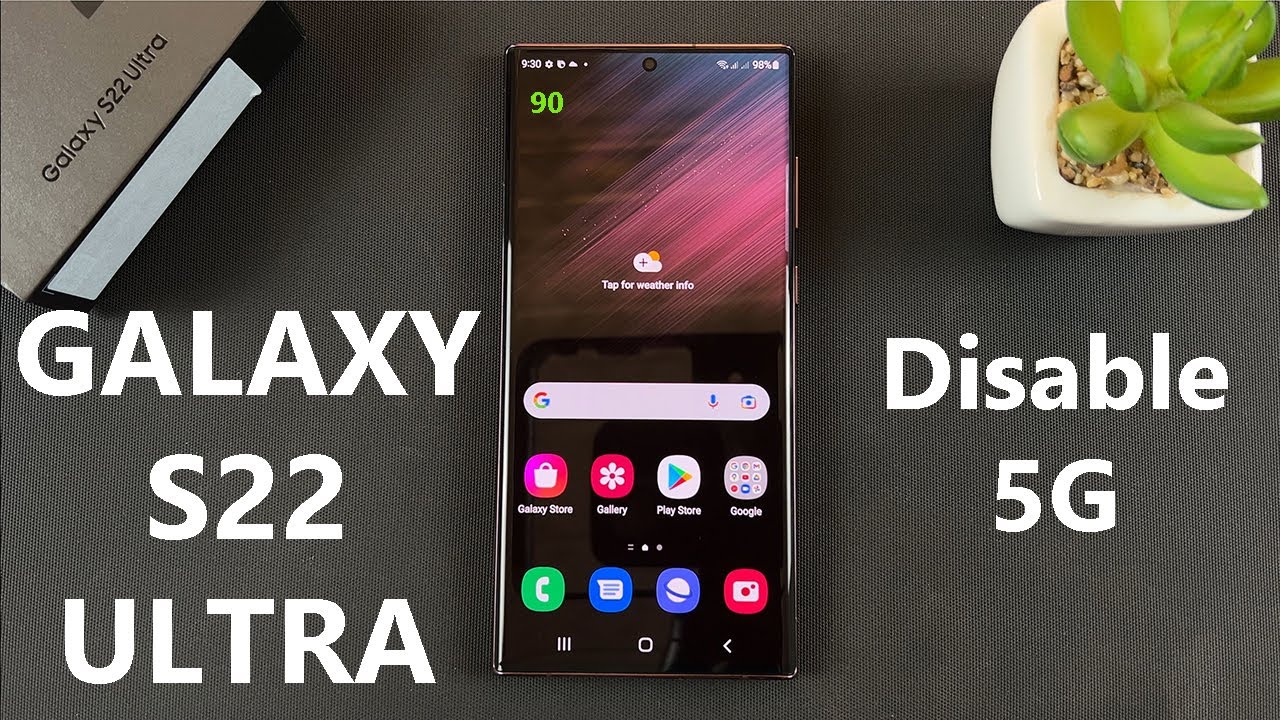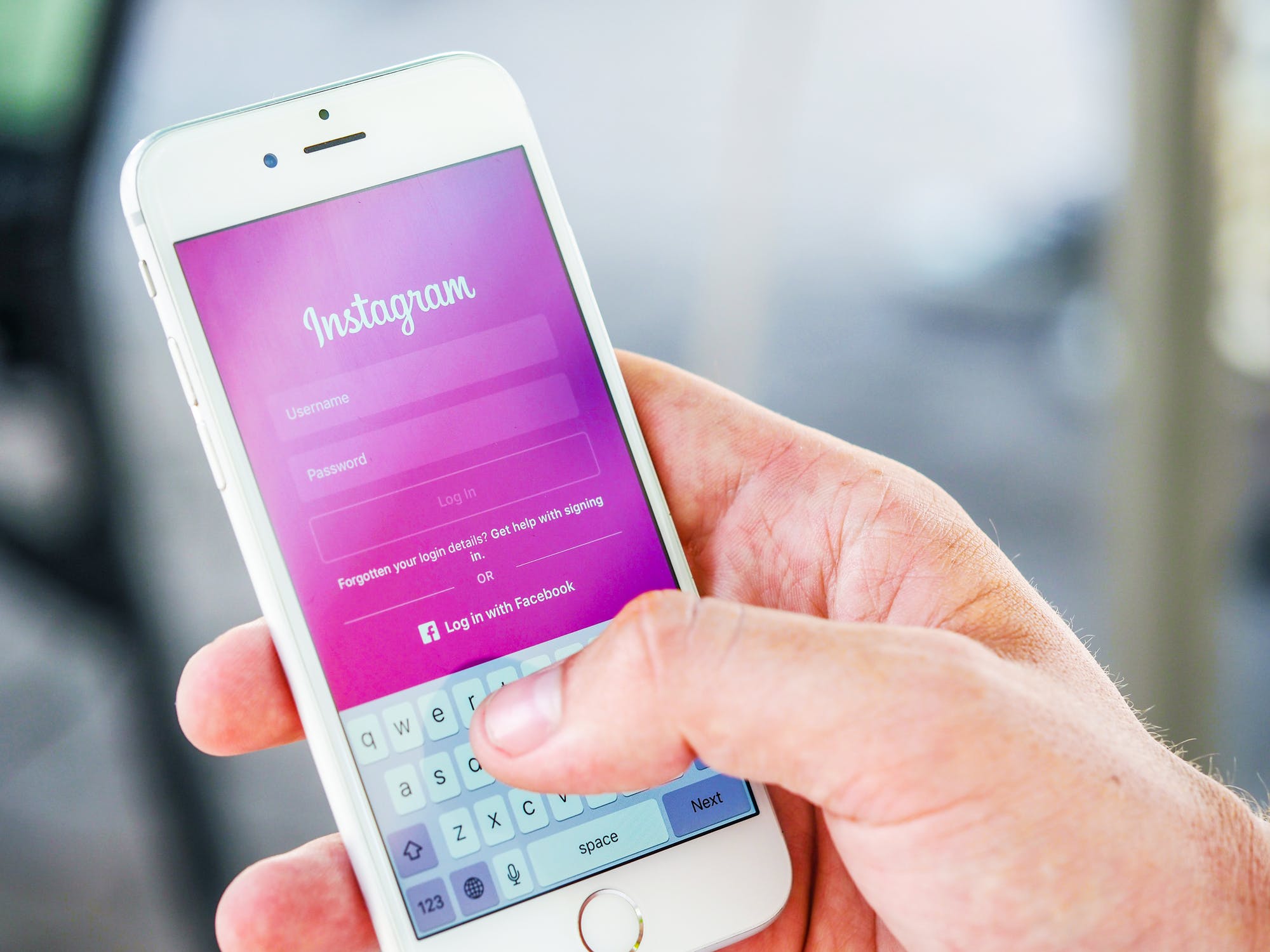Is your Samsung Galaxy device becoming slow and laggy after updating to Android 10? Don’t worry, you’re not alone. Many Samsung Galaxy owners have experienced this issue, but the good news is that there are solutions to fix it. In this guide, we will walk you through troubleshooting steps to identify and resolve the lagging problem on your Samsung Galaxy device.
Troubleshooting a Slow or Lagging Samsung Galaxy
Before we dive into the troubleshooting steps, it’s important to understand the potential causes of lag on a Samsung Galaxy device. Some common culprits include system cache issues, overheating, outdated apps, and third-party applications. By addressing these factors, you can improve the performance of your device.
Now, let’s explore the solutions to fix the lagging issue on your Samsung Galaxy device.
Solution 1: Clear the System Cache
One of the main causes of lag on Samsung Galaxy devices is a corrupted system cache. The system cache consists of temporary files that help apps run smoothly. However, over time, these files can become outdated and cause performance issues. By clearing the system cache, you can refresh it and potentially resolve the lagging problem.
To clear the system cache on your Samsung Galaxy device, follow these steps:
Turn off your device.
Press and hold the Volume Up button, the Power button, and the Home button simultaneously.
Release all buttons when the Samsung logo appears.
Use the Volume Down button to navigate to the “Wipe Cache Partition” option.
Press the Power button to select the option.
Wait for the process to complete.
Once the process is finished, use the Volume buttons to navigate to the “Reboot System Now” option.
Press the Power button to restart your device.
After clearing the system cache, check if the lagging issue persists.
Solution 2: Check for Overheating
If your Samsung Galaxy device is experiencing lag and becoming uncomfortably warm, overheating may be the culprit. Overheating can be caused by software or hardware issues. To determine if it’s a software-related problem, you can perform a factory reset. However, if the overheating continues even after the reset, it’s likely a hardware issue that requires professional assistance from a Samsung Service Center.
To perform a factory reset on your Samsung Galaxy device, follow these steps:
Go to the Settings app on your device.
Scroll down and tap on “General Management.”
Tap on “Reset” and then select “Factory Data Reset.”
Read the information on the screen and tap on “Reset” to confirm.
Enter your device’s PIN or password if prompted.
Tap on “Delete All” to initiate the factory reset.
Remember to back up your important files and data before performing a factory reset, as this process will erase all data on your device.
Solution 3: Update Apps and Software
Outdated apps and software can also contribute to lag on your Samsung Galaxy device. Developers often release updates to improve performance and fix bugs. By keeping your apps and software up to date, you can ensure optimal performance and potentially resolve lagging issues.
To update apps on your Samsung Galaxy device, follow these steps:
- Open the Google Play Store app on your device.
- Tap on the Menu button (three horizontal lines) in the top left corner.
- Select “My Apps & Games.”
- Tap on the “Check for Updates” option or the refresh icon to check for updates.
- If updates are available, tap on “Update All” to install them.
Similarly, ensure that your device’s software is up to date by going to Settings > Software update and checking for any available updates.
Solution 4: Check for Third-Party Apps and Malware
Third-party apps can sometimes cause lag on Samsung Galaxy devices. If you’ve recently installed an app and noticed lagging issues afterward, that app may be the culprit. To identify problematic apps, you can use Safe Mode, which disables all third-party apps and allows you to determine if one of them is causing the lag.
To boot your Samsung Galaxy device into Safe Mode, follow these steps:
- Power off your device.
- Press and hold the Power button until you see the Samsung logo.
- Release the Power button and immediately press and hold the Volume Down button.
- Keep holding the Volume Down button until your device finishes restarting.
While in Safe Mode, observe if the lagging issue persists. If it doesn’t, it’s likely that one of your third-party apps is causing the problem. To uninstall the problematic app, follow these steps:
- Long-press on the icon of the app causing the issue.
- Tap on the “Uninstall” option from the list.
Continue uninstalling apps until the lagging problem is resolved. The last app you uninstalled before the issue was fixed is most likely the culprit. You can reinstall the rest of the apps that were uninstalled.
Solution 5: Reset Software Settings to Defaults
If none of the above solutions fix the lagging issue on your Samsung Galaxy device, you may need to consider resetting the software settings to their default state. This process, known as a factory reset or master reset, can help resolve persistent performance problems.
Before performing a factory reset, make sure to back up your important files and data, as this process will erase all data on your device. To perform a factory reset, follow the steps outlined in Solution 2.
Conclusion
Experiencing lag on your Samsung Galaxy device can be frustrating, but with the troubleshooting steps outlined in this guide, you can identify and resolve the issue. By clearing the system cache, checking for overheating, updating apps and software, checking for problematic third-party apps, and performing a factory reset if necessary, you can improve the performance of your Samsung Galaxy device.
Remember to always keep your device and apps up to date to ensure optimal performance. If you encounter any persistent issues, don’t hesitate to seek assistance from a Samsung Service Center.
With these solutions, you can enjoy a smoother and lag-free experience on your Samsung Galaxy device.







